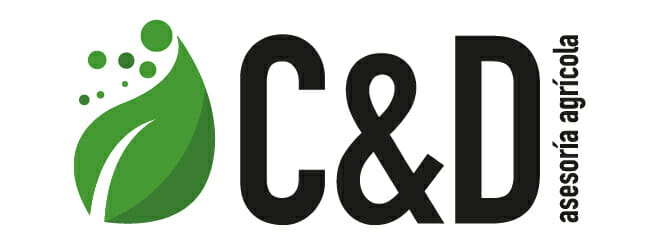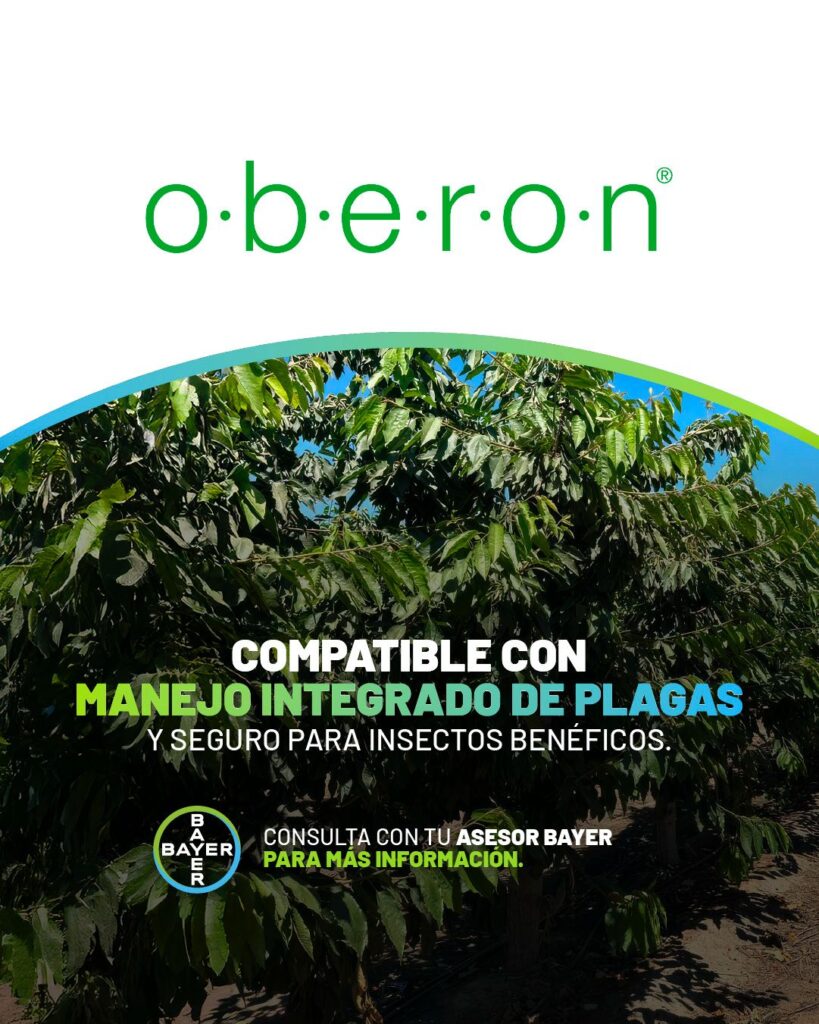There are several tools within business management, one of our favorites is the cash flow. As its name suggests, this tool shows how the cash flow moves over time, indicating where the income comes from and what the expenses will be, in such a way as to predict with the highest degree of accuracy if at any time the cash flow may have negative values and thus take actions that allow you to overcome the bad time or, on the other hand, it also allows you to see when the cash flow may have surpluses, which allow you to advance payments, make investment decisions or others.
It must have happened to more than one businessman that his accountant tells him that the company's results were profitable, but when he looks at the current account, it doesn't show the same. This, which seems impossible, happens many times and the only thing that explains it is the cash flow. What's more, Companies go bankrupt due to cash flow, this is when they stop having liquidity and therefore cannot meet their obligations. In simple words, the cash box runs out of money and the ““ball gets stuck”.
As we said, a business could be healthy, in terms of total income and total expenses, but the moments in which money comes in and goes out of the cash register could play a trick on us, this is where developing a good cash flow becomes very important.
In general, we could say that farmers navigate bravely without this tool, facing the flow without much anticipation, or as one farmer commented “I live saving penaltiesThe only way to survive this way is when the business is doing very well and the cash flow can handle everything, but when the cash flow gets tight, something that many farmers have experienced in recent years, cash flow problems appear.
Here are some classic questions or doubts that farmers have:
Is it very complex to carry a flow? NoNot at all, it just requires some order, projecting sales and dedicating some time to it.
What advantages does it give me? Learn with anticipation the movements of the box, avoid late payments to suppliers and a fundamental one, spending the weekends without the stress to know whether or not you will make ends meet.
What can I do if I estimate a negative flow? By estimating in time, we can negotiate new liabilities, reduce costs, negotiate payment dates with suppliers, inject capital, etc. It is very different to sit down with the bank 10 months in advance to negotiate a cash flow problem, than to have to do it in just a few days.
What data do I need to build a cash flow?
- Sales projection for the season, estimate your kilos and assign prices. Then
distribute this income in the months in which it will enter your account. Here is the relationship
with your exporter is important, in order to agree on possible income. - Other income, if there is other income, such as rent, services, etc. These must
be projected in the same way. - Expense projection, if you are working with a budget, add all the lines,
separating by large groups, Labor, Agro-inputs, Fuels,
Electricity, etc. We suggest starting with little detail and adding detail as you go.
that your flow takes weight. If you do not have a budget, estimate or approximate the expenses of the
large lines. Remember that 60-80% of direct expenditure is between Labor and
Agro-inputs. - Liabilities, if you have liabilities, keep the credit developments close at hand, to know
exactly when they are due. Include principal and interest. - Withdrawals, if your company makes withdrawals, project the amounts and months in which these are made.
will carry out. - Investments, project possible investments by adding the months in which they are made.
will pay. - Initial Balance, The first value to add will be the total of the current account(s) (USD and
Pesos), including here other mutual funds, term deposits or others.
Remember that cash flow uses gross values (with VAT), both for income and expenses. And we suggest bringing everything to a currency, the simplest being Pesos, using a predefined exchange rate, corrected month by month to reality.
We suggest at least projecting 12 months and going month by month contrasting the projected flow with
real values.
What is the correct way to compare the actual against the projection? Month by month, we must take the actual income and outflows from the current accounts and add them to our flow.
In the first stage, this exercise will be slow, but by having a flow with real values, it will help us a lot to understand our business, to pay attention to the different expense lines and to make investment or expense adjustment decisions.
In our experience, once you get used to this tool, it will not be possible to manage your company without it, allowing you to spend more time in the field, which is where we must concentrate the maximum amount of time and effort.
In the following attached file we leave a sample table that can be used as a basis for preparing a cash flow:








